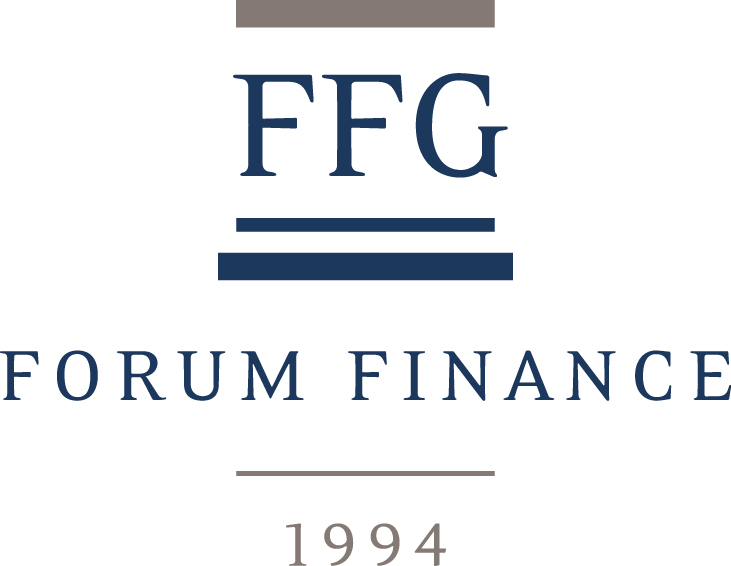Newsletter | January 2023
MARKETS MAKE A STRONG START TO THE NEW YEAR
+ 10.7% THE JANUARY RISE OF THE NASDAQ COMPOSITE INDEX
Investment perspective
Financial markets got off to a very positive start in 2023 as investors took the view that the likelihood of a soft landing was rising despite the hawkish tone from the Federal Reserve and the European Central Bank. In this risk-on environment, the vast majority of equity markets posted above-average monthly gains, long-term bond yields decreased, credit spreads tightened, and the US dollar continued to depreciate. The MSCI World index in local currencies climbed by 6.4%, with the Euro Stoxx 50 index rising by 9.7% and the Hang Seng index by 10.4%. The yield on the 10-year Treasury note dropped by 36bps to 3.51%, with US and European high yield credit spreads contracting by 49bps and 68bps respectively. Other strong gains were also observed on industrial metals, as a result of the anticipation of renewed demand from China, and on the price of gold. Maybe a little surprisingly, oil prices ended the month lower, despite the boost from the reopening of China, while gas prices continued to slide at a fast pace.
At the time of writing, the Federal Reserve has just hiked its Fed fund rate by 0.25%, as fully anticipated. The more relevant outcome of the FOMC meeting were the comments by the Fed’s chair, Jerome Powell, on the future path of the Fed’s policy. Powell repeated that more rate increases were needed and that rate cuts in the second half of the year were unlikely. This goes against markets’ expectations for two rate cuts by the end of 2023. What was more surprising was that Powell did not push back more against the recent easing of financial conditions, leading markets to extend their early-year rally, with equities ending the trading session higher and bond yields declining. The ECB and the Bank of England also matched market expectations by hiking interest rates by 0.5%. The ECB signaled its intention to raise interest rates by another 0.5% in March and will then evaluate its policy depending on data. As was the case after the Fed’s decision, markets are continuing to rally, with bond yields dropping quite noticeably.
Investment strategy
At the onset of 2023, our asset allocation is composed of an underweight equity exposure, an allocation to fixed income which is close to neutral and an overweight exposure to hedge funds. Taking account of the strong performance of equities in January, we are sticking to this asset mix for the time being. We fear that markets could be overconfident in their dovish outlook relative to monetary policies and to the path of earnings. With bonds offering positive yields once again, we believe that it makes sense to hold more balanced portfolios and no longer to rely just on the equity asset class to generate portfolio performance. It is also reassuring that the current valuations of some of the traditional assets offer a better starting point for future portfolio returns than a year ago, when only a few of them could be considered cheap. Global value stocks, emerging and European equities, as well as investment grade credit are some of the assets that offer attractive valuations.
For non-USD denominated portfolios, our allocation to the US dollar remains underweight but we prefer to wait before reducing it further. From a medium to long-term perspective we would expect the dollar to depreciate but it continues to offer defensive qualities were markets to turn.
MARKETS INCREASINGLY POSITIONING FOR A SOFT LANDING SCENARIO
Portfolio Activity/ News
January was a strong month for the portfolios. With both bond and equity markets rising simultaneously, the majority of funds contributed to the performance, as to be expected. European Value equities, the metal mining fund, the global technology fund, Chinese equities, and the US Value fund provided the best contributions within the equity asset class. The only equity detractor was the healthcare fund, as the more defensive sectors such as healthcare, consumer staples and utilities ended the month lower. The best performers in the fixed income asset class were emerging market corporate bonds and the long duration investment-grade fund. In the alternative space, the Global Macro fund provided the best contribution, whereas one of the long/short equity funds, with a barely positive net exposure currently, ended the month with a small loss. The other hedge funds provided only marginal contributions.
Following a tough year for many strategies, we are confident that active managers will be able to generate more alpha in 2023. We would expect market dispersion to be high and to represent a favourable environment for good stock pickers. This extensive dispersion should also be helpful for hedge fund managers, and we are comfortable with our overweight exposure to these alternative strategies.
Download the Newsletter
